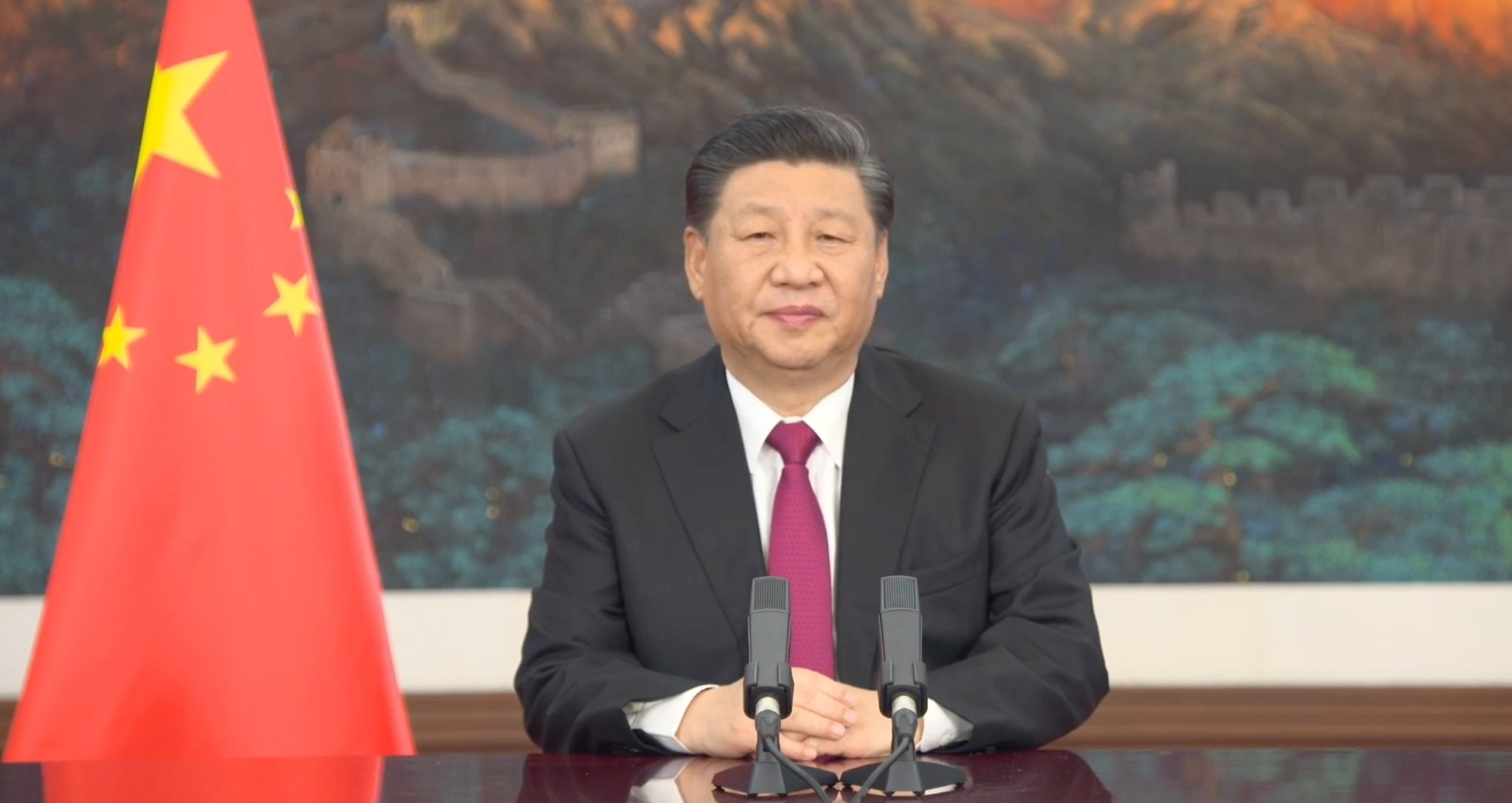It’s time to imagine how China would act as regional hegemon

Regional hegemons come in different shapes and sizes. Australia needs to think about what kind of hegemon China would be, and become, should it succeed in displacing the United States in Asia.
It’s time to think about this awful prospect because under President Donald Trump the US’s commitment to alliances is suddenly looking shaky. And there’s also the risk that even a fully committed US could try and fail to restrain China militarily—for example, in the crucial scenario of defending Taiwan.
Regardless of whether overt military force had been needed to supplant the US in Asia, leaders of a newly hegemonic China would likely initially try to portray the country as a much less aggressive and far more tolerable alternative keeper of the regional peace than the sceptics had thought.
With the region cowered and everyone else anxiously looking on, it would make great sense for a triumphant and unchallenged China to project a strong but benign image of itself to the world. Such a phase could last years and even decades, but it would not last forever.
Ideally, China’s leaders want China to be a regional hegemon that has tremendous military capabilities that it rarely, if ever, needs to use to get what it wants, principally because it is unmatched.
The prospect of the use of overwhelming military force combined with the usual economic carrots and means of political and social control across the region would, they’d hope, ensure that a hegemonic China’s interests automatically featured in the decision making of all regional countries.
That would be plan A.
China’s problem and ours is that most regional countries and the people that live in them would eventually tire of that dynamic and start pushing back.
That is problematic mainly because deference lies at the heart of Beijing’s conceptions of the virtues of a historically China-led regional order, making anything short of absolute submission difficult to tolerate.
China’s leaders are not looking to break new ground by seeking regional hegemony. Rather, they are trying to return China to a position of dominance that enables it to control what those in its orbit think, say and do.
Many of China’s coercive and technological means and methods to secure that high degree of external influence and control are new. Its desire to have them is not.
Working from the assumption that China won’t compromise on the deference front, Canberra and other regional capitals need to think about how much direction from Beijing they could stomach and how push-back might manifest itself.
This is where it starts to get messy.
The less China is challenged by a regional peer competitor, the more unacceptable even the smallest external acts of defiance will seem to a domestic Chinese audience. This means that for reasons of domestic political legitimacy alone, leaders of a hegemonic China will want to deal with any afront in a way that is seen to effectively deter others.
With internal pressure to act like a proper hegemon and no credible external checks and balances on its behaviour, it is not hard to imagine China’s leaders pursuing increasingly overt and punitive methods to compel obedience and engineer thought beyond its borders.
It is also not difficult to imagine that effort backfiring on Beijing sooner than it expected, leaving it with no apparent choice other than to use military force to achieve outcomes.
A hegemonic China would eventually overstep, eliciting a collective regional reaction that from Beijing’s perspective will need to be quashed. This would provide a pretext for China to become the expansionist and authoritarian power that it would say it never intended to become but now must to preserve regional stability.
Thinking about how far the leaders of a hegemonic China would want to go to avoid reaching that conclusion, and exactly what they would do when they reach it is anxiety inducing and unpleasant. But it’s a task policy planners need to take on instead of wilfully avoid.
China is clearly committed to its objective of kicking the US out of Asia and assuming what it feels is China’s rightful place in the region. But it is important to remember that China’s leaders too would be unsure and anxious about how an outcome in China’s favour would play out.
For us, facing the challenges posed by the potential emergence of a hegemonic China means thinking ahead and imagining ways to move forward in different circumstances without getting stuck.
Luck will play a role.









